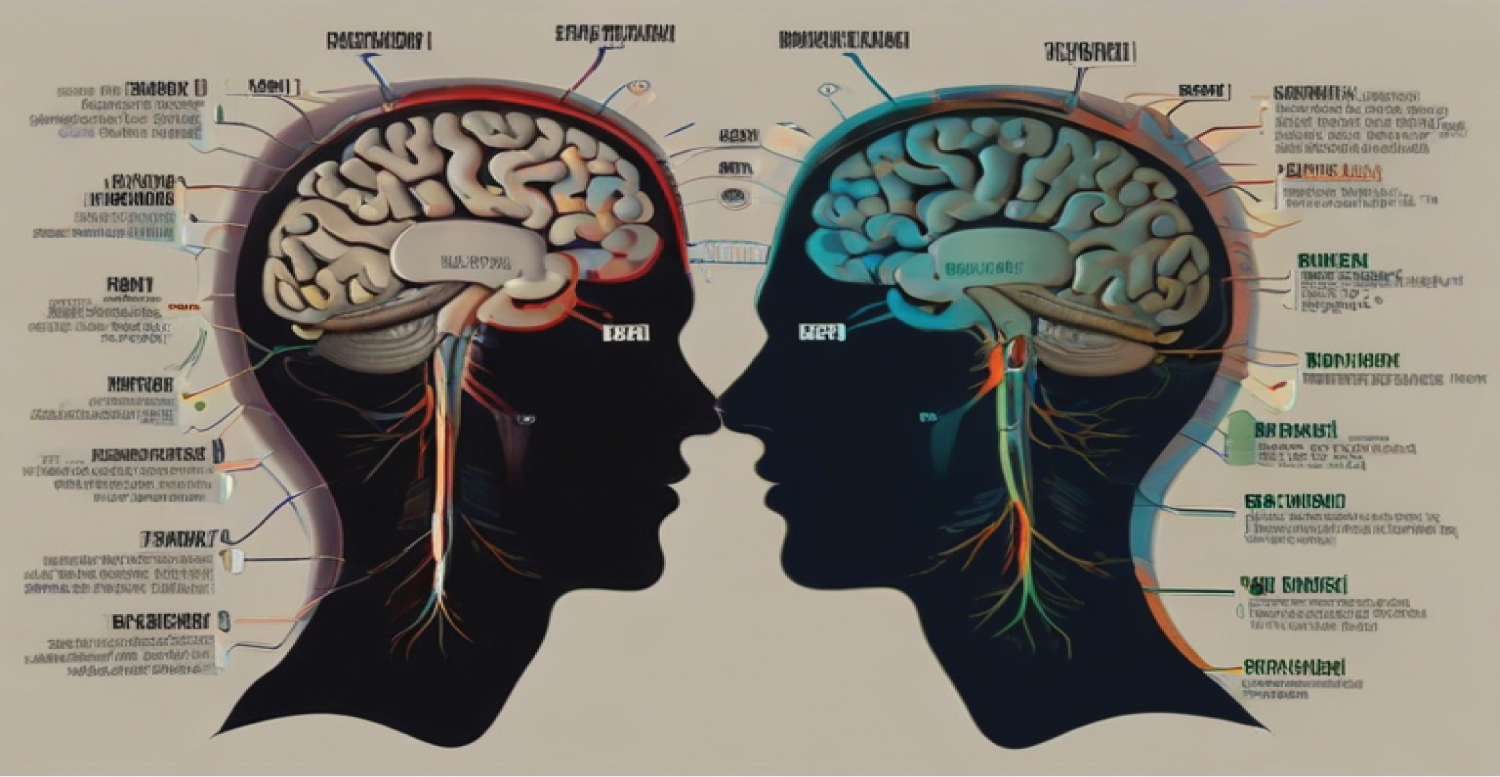Addiction, a multifaceted neurobiological disorder characterized by compulsive substance use despite negative consequences, poses significant challenges to public health worldwide. This paper presents a comprehensive examination of addiction research and medicine, delving into the intricate neurobiological mechanisms, current treatment modalities, and future prospects for intervention. By synthesizing existing knowledge and exploring emerging avenues of inquiry, this review aims to contribute to a deeper understanding of addiction and facilitate the development of more effective therapeutic strategies. Additionally, two illustrative figures elucidate key concepts in addiction neuroscience and treatment approaches.
The pervasive nature of addiction underscores the urgency of advancing our understanding and management of this complex disorder. Despite decades of research and numerous interventions, addiction continues to exact a toll on individuals, families, and societies globally. A thorough exploration of addiction's neurobiological underpinnings and treatment landscape is essential for addressing this pressing public health issue [1].
Addiction arises from a convergence of genetic, environmental, and neurobiological factors, manifesting as a dysregulation of reward processing and impulse control. Central to addiction is the mesolimbic dopamine system, which mediates the experience of pleasure and reinforcement. Chronic substance use induces neuroadaptations in this circuitry, leading to heightened craving and compulsive drug-seeking behavior. Additionally, alterations in glutamatergic signaling, neuroplasticity, and stress pathways contribute to the persistence of addictive behaviors (Figure 1) [2].
 Figure 1: Neurobiology of addiction.
View Figure 1
Figure 1: Neurobiology of addiction.
View Figure 1
Effective treatment for addiction often involves a multifaceted approach, integrating pharmacotherapy, behavioral interventions, and psychosocial support. Pharmacological agents target specific neurotransmitter systems implicated in addiction, aiming to alleviate withdrawal symptoms, attenuate craving, and prevent relapse. For instance, medications such as naltrexone and acamprosate are used in the treatment of alcohol dependence, while buprenorphine and naloxone combination therapy is effective for opioid use disorder [3,4]. Complementary behavioral interventions, including cognitive-behavioral therapy, motivational interviewing, and contingency management, address maladaptive patterns of thinking and behavior associated with addiction (Figure 2).
 Figure 2: Treatment strategies for addiction.
View Figure 2
Figure 2: Treatment strategies for addiction.
View Figure 2
Continued research efforts are essential for advancing our understanding of addiction and developing innovative treatment approaches. Emerging areas of investigation include the role of epigenetic mechanisms, neuroinflammation, and neurocircuitry in addiction vulnerability and resilience [5]. Personalized medicine approaches, guided by genetic and neurobiological markers, hold promise for tailoring treatments to individual needs and optimizing outcomes. Furthermore, the integration of digital therapeutics and telehealth interventions may enhance treatment accessibility and engagement, particularly in underserved populations.
In conclusion, addiction represents a complex interplay of biological, psychological, and social factors, necessitating a comprehensive approach to intervention and treatment. By elucidating the neurobiological mechanisms of addiction and exploring novel therapeutic avenues, research and medicine are poised to make significant strides in addressing this pervasive public health challenge. Collaborative efforts across disciplines are essential for translating scientific insights into effective strategies for preventing and treating addiction, ultimately improving outcomes and quality of life for individuals affected by this disorder.